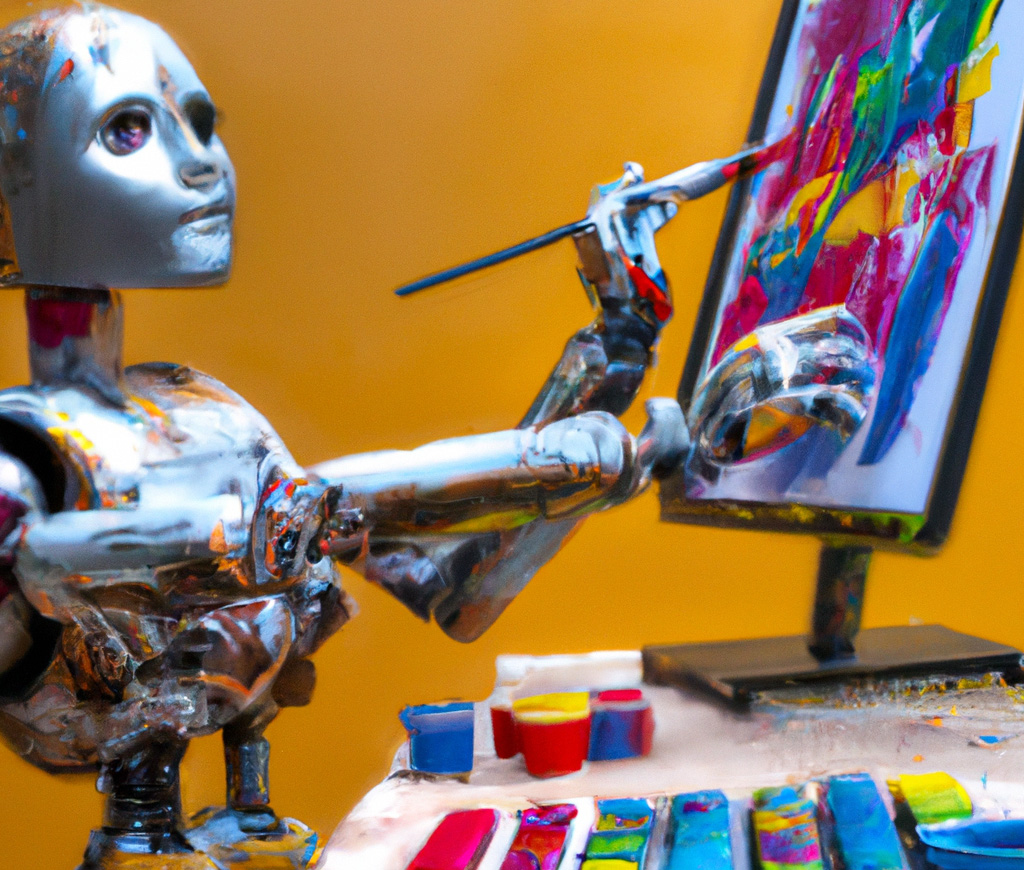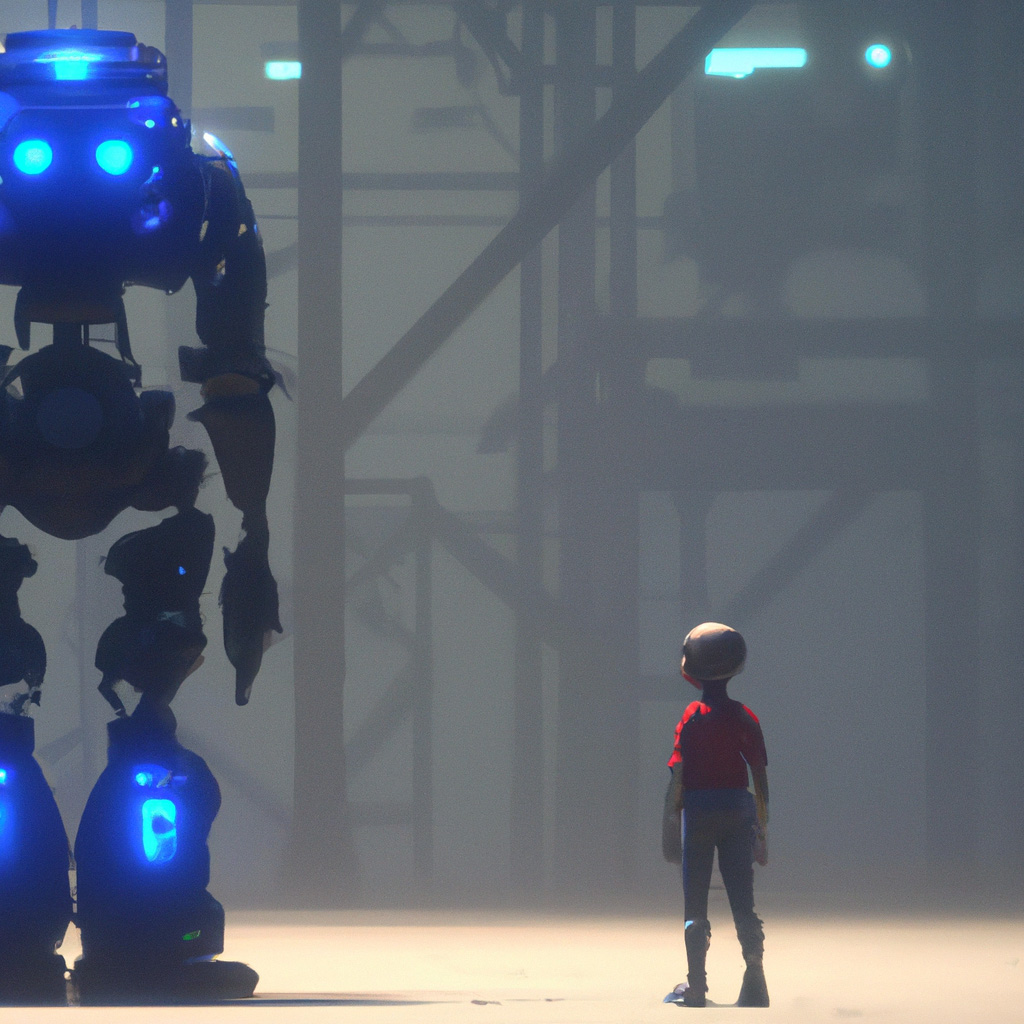

We open on a young boy and his mother at a train station, holding a welcome-home sign. The mother excitedly squats down and tells the boy, “He’s on the next train!” The boy’s smile fills his mom’s heart. Her eyes wander toward the sky as she plays in her mind the scene of her husband scooping up their son and squeezing him tightly.
Meanwhile, the boy spots his best friend, Elmo, in balloon form, floating through a train car parked at the station. Unnoticed, he makes his move. Onboard the train, it jerks into motion. The horn blares. Mom snaps to, looks down; her son … gone! Her eyes dart frantically. “Mommy!” Her sightline locks onto him through the train window. “Stop the train!” she shouts out to everyone and no one as the train steals her son away.
In a world bombarded with advertisements everywhere you look, one principle stands true: stories sell. Research shows that brands that tell compelling stories are 22 times more memorable than those that simply state facts. Storytelling isn’t just a marketing tactic—it’s a psychological phenomenon. When done right, this powerful tool allows companie

When it comes to marketing, the phrase “think outside the box” gets tossed around so much that it has almost become synonymous with creativity. In fact, you’d be hard-pressed to find a marketing agency that doesn’t have that phrase on its website. So what does it mean? No, “what does it really mean,” with concrete examples?
AI-generated image
A David and Goliath Experiment
Hello, interested reader. I am but a humble copywriter for 6AM Marketing in Madison, WI, and I have decided to take AI down … a peg. This started as a simple idea: a blog post about AI’s role in marketing. Zzzzzz, right? Then I thought, well, if I’m gonna do a post on a topic that already has a million blogs, I might as well just have AI write the damn thing itself. So that’s what I did.
Well, I quickly realized that I couldn’t – Nay, that I didn’t WANT to – put my name on what AI put out.

This image was generated by Open AI Dall*E 2, keywords: "The underground lair of an all knowing, all seeing mechanical artist."
So, 2023 has ushered in the era of legitimately applying artificial intelligence to the world of art. Recently, we’ve seen a pretty cool influx of AI into everything from our friends’ illustrated selfies to their animated social posts and, unless you’re living under a rock, you’ve read some of the AI-generated text from Chat GPT. And it’s all rather novel, fun, interesting, even alluring. Perhaps you’ve even signed up to scan your face to make some AI-generated keepsake, but as an industry professional, what do we really think, or even understand, about this next phase of technology?
A FAMILIAR STORY
You just moved to a new apartment and are finishing filling the space by searching for sheets, a chair, and some shelving units online. As you go to work the next day and open a browser to check your email, you get an ad promoting the very sheets you had been looking at on your phone. You send a text to your friend about how creepy the ad is and make a mental note not to buy sheets from that company.
It’s a scene that plays out in one way or another for users across the country every day since the start of hyper-targeted ads. Even as people working in the industry, creating and promoting ads of our own, we still wonder how this one specifically got to us. Or, even feel a bit spooked by how accurately Google guesses what we were going to search.
Well, Apple and Google are raring up to change all of that...

Cancelling or postponing events has been the norm during the COVID-19 pandemic. Sure, rescheduling your Caribbean vacation is a bummer. But what about not having a traditional college commencement, postponing your wedding or putting off retirement? Studies show that the trend of missing or rescheduling major life events has a significant impact on the customer journey, changing the way marketers entice people to take this new journey.
What do marketers do when the clean, upward trajectory of life stages is turned on its head? What they always do: adapt and overcome.

We’ll be the first to say it: COVID-19 has changed marketing for the better. Why? Because it forced marketers to think outside the box in new ways. To reach their target audiences, who were burrowed in their homes, leaving only when they absolutely needed to, marketers had to test a combination of old and new marketing tactics. So which of the tactics that produced results in 2020 will carry over into 2021? And what new trends should you look out for in the new year? We have the answers.

